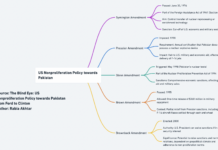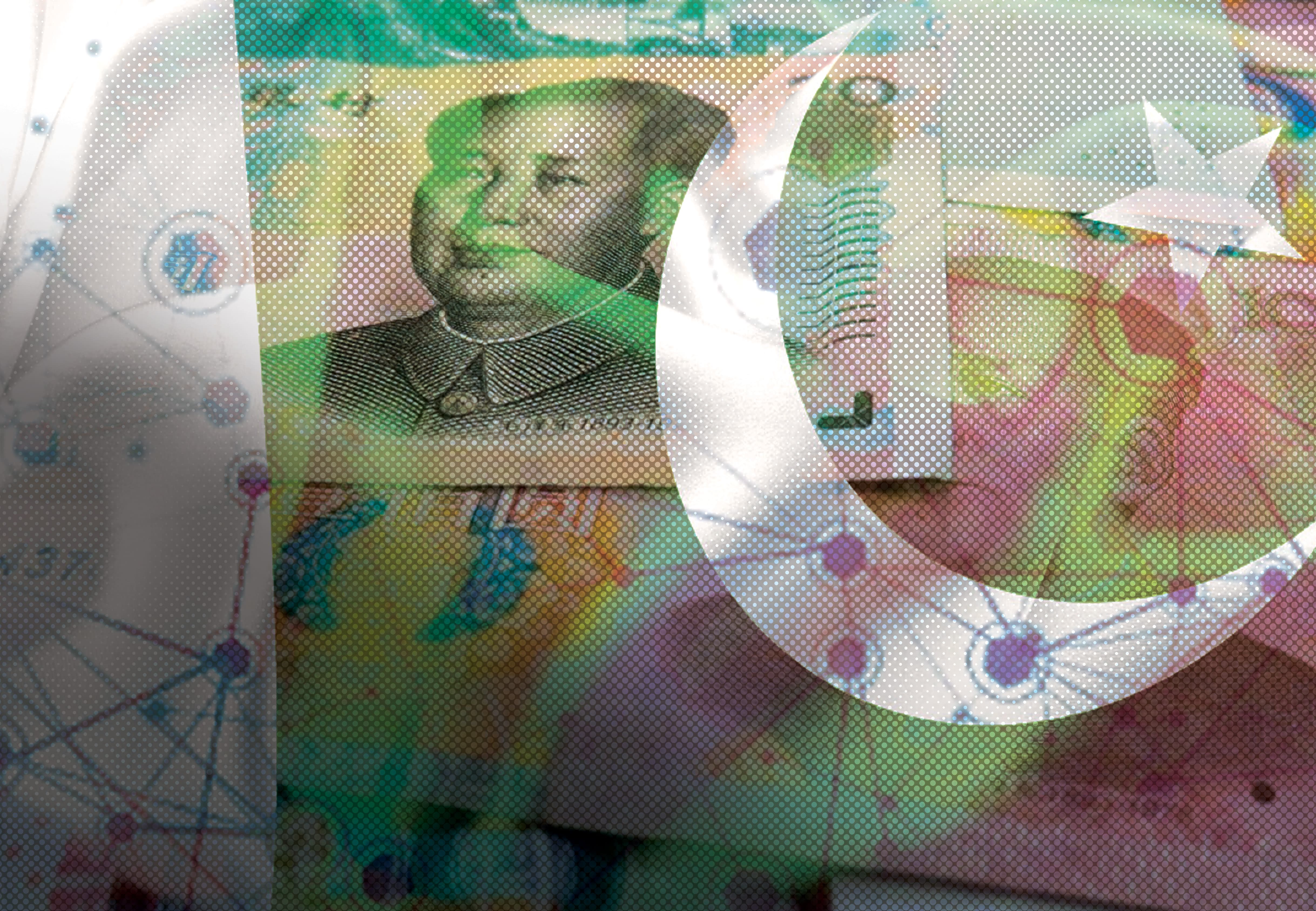Lu Yang
China has become Pakistan’s largest trading partner, largest country of origin of imports, largest foreign direct investor and the third largest export destination, while Pakistan has become China’s largest investment destination in South Asia due to the construction of the China Pakistan Economic Corridor (CPEC). In early 2018, the State Bank of Pakistan (SBP) announced that required regulatory framework which facilitates use of Chinese Renminbi (RMB) in trade and investment transactions has been put in place.
The monetary cooperation between Pakistan and China has entered a crucial stage and, in a foreseeable future is destined to play a significant role in financing CPEC projects. Trade and investment between China and Pakistan have been intensified since recent years. This will significantly increase Yuan denominated trade, and clearing in RMB will benefit Pakistan and China, reduce their dependence on U.S. dollar in bilateral economic relations. There are some disadvantages of using U.S. dollar. Fluctuation in exchange rate of U.S. dollar brings uncertainty. Risks in payment and the costs incurred during exchange process are also high. The Pakistani government’s limited currency reserves, rising government debt, the widening trade deficit, and the depreciation of the Pakistani rupee against U.S. dollar have led to a current account deficit. For projects between China and Pakistan if clearing could be settled in RMB, Pakistan’s government can better cope with the sharp decline in its foreign reserves. For Chinese firms that export goods, services or projects to Pakistan, using RMB can reduce the financial risk of their operations and save costs.
In 2012, a Currency Swap Agreement was signed between People’s Bank of China and the SBP. Since then, SBP has taken a series of steps to promote use of Yuan in Pakistan for bilateral trade and investment with China. It has allowed banks to accept deposits and give trade loans in Yuan. Industrial and Commercial Bank of China and Bank of China have been allowed to establish local operations in Pakistan.
Using RMB for financial and commercial transactions between the two countries is the way forward but there are still operational difficulties to solve. The use of RMB in Pakistan is more difficult compared to that of the U.S. dollar. There are a number of restrictions in place. First, there is low awareness of cross-border RMB operations; second, local RMB liquidity is very low and a pool of RMB funds has not been formed; third, financial services such as export and import credit, project financing, short-term loans are still absent. Chinese firms that have tried to use RMB in Pakistan are also facing obstacles of relatively complex process of clearing, which to a large extent hinders their motivation of using it.
Owing to a trade deficit with China, Pakistan has difficulty getting large amounts of Yuan from its trade with China. Therefore, how to inject more RMB liquidity into Pakistan’s financial system is a matter for both China and Pakistan to consider. In April 2019, Pakistan and China had agreed on second phase of Free Trade Agreement (FTA) to reduce Pakistan’s trade deficit. The data of Pakistan’s Ministry of Commerce shows that Pakistan’s trade deficit had shrunk to U.S. dollar 10.8 billion during the fiscal year (2018-19) as compared to U.S. dollar 14 billion during the previous fiscal year (2017- 18). However, trade alone is not enough to increase the use of RMB in Pakistan. A better leverage is at the investment front. RMB financing in key projects of CPEC can make a significant breakthrough to encourage the use of RMB by creating funds and by buying Chinese equipment and services. Moreover, more Chinese banks and financial institutions should come to Pakistan, opening financing services such as short-term loans or micro-credit in Pakistan’s market. At the end, the aim is to construct an ecosystem of RMB, which means an RMB closed-chain cycle based on “capital export and trade return”, promoting the use of RMB in Pakistan through investment and financing, and returning RMB through trade surplus.
Regretfully, however, the long-standing war on terror, separatist activities, and the Kashmir dispute has created a perception of Pakistan being an “unsafe country” among Chinese public. As a result, Chinese financial institutions have given negative ratings to Pakistan’s country risk. Some institutions are conservative in expanding their business in Pakistan. In general, most Chinese banks and enterprises are taking the position of “wait and see”. So far, most CPEC projects are run by State-owned enterprises on infrastructure. The reality, though, is that Pakistan’s business and security environment may not be worse than that in some other Southeast Asian or African countries. In addition, close political ties between the two Governments is also an advantage that other countries do not have. Therefore, how to bridge the gap between perception and reality, and attract more Chinese investment especially from the private sector which is currently a very dynamic one, is a challenge that needs to be addressed by stakeholders of CPEC. This is needed to bring about progress in CPEC’s second phase and for the industrialization of Pakistan.
Monetary cooperation between Pakistan and China has been set up through the effort from both governments. Yet its future development needs the impetus from academia and media as well. Academia will strengthen the operational and feasibility research in the field, and media, through its communicative work, can disseminate related knowledge and information in the public, creating a higher level of awareness on this matter and a better social environment. The RMB Internationalization Forum held at the University of Lahore on January 20, 2019 has made a good start towards this direction. Chinese and Pakistani scholars, as well as Pakistani practitioners in the political and financial circles were invited to the forum to discuss the use of RMB in Pakistan with the presence of media, sensitizing the topic among Pakistan’s public. The exchange of ideas and interactions will lead to a better understanding of each other at societal level, innovative solutions for project financing and for clearing in RMB. Thus, CPEC can develop into an open, inclusive project with economic prosperity, social stability security, and the well-being of people lying at its heart.
Dr. Lu Yang is Research fellow, Institute of the Belt and Road Initiative, Tsinghua
University.

















